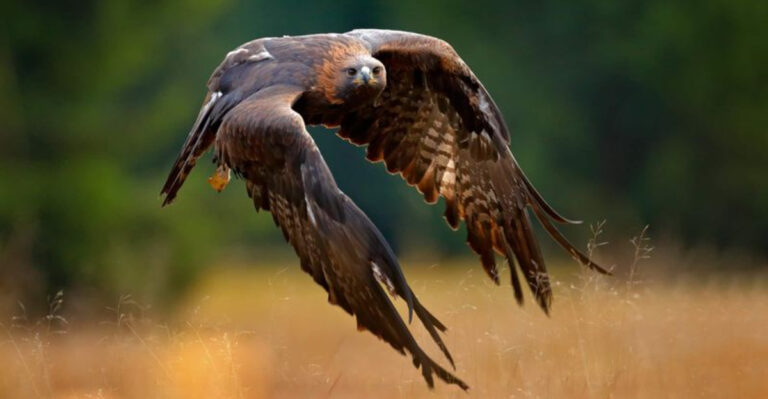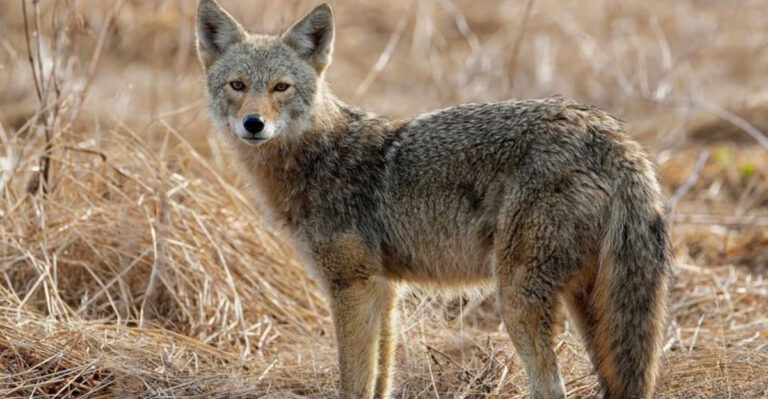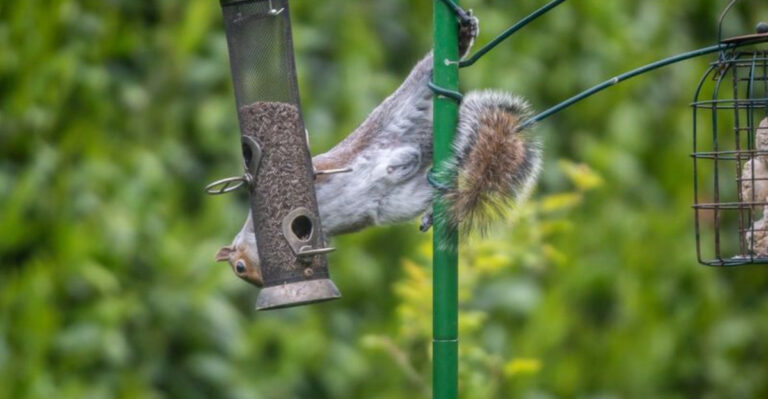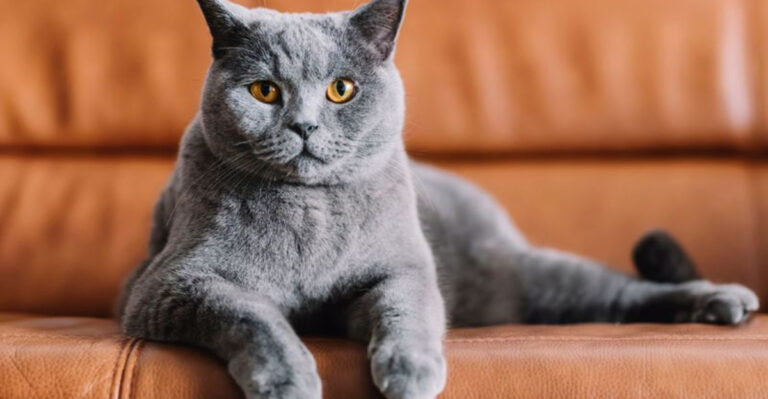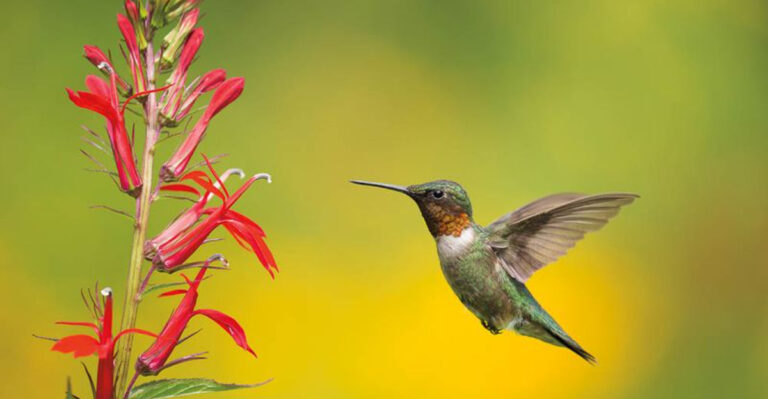We Know Why Cats Knead, But Here’s Why We Love It So Much
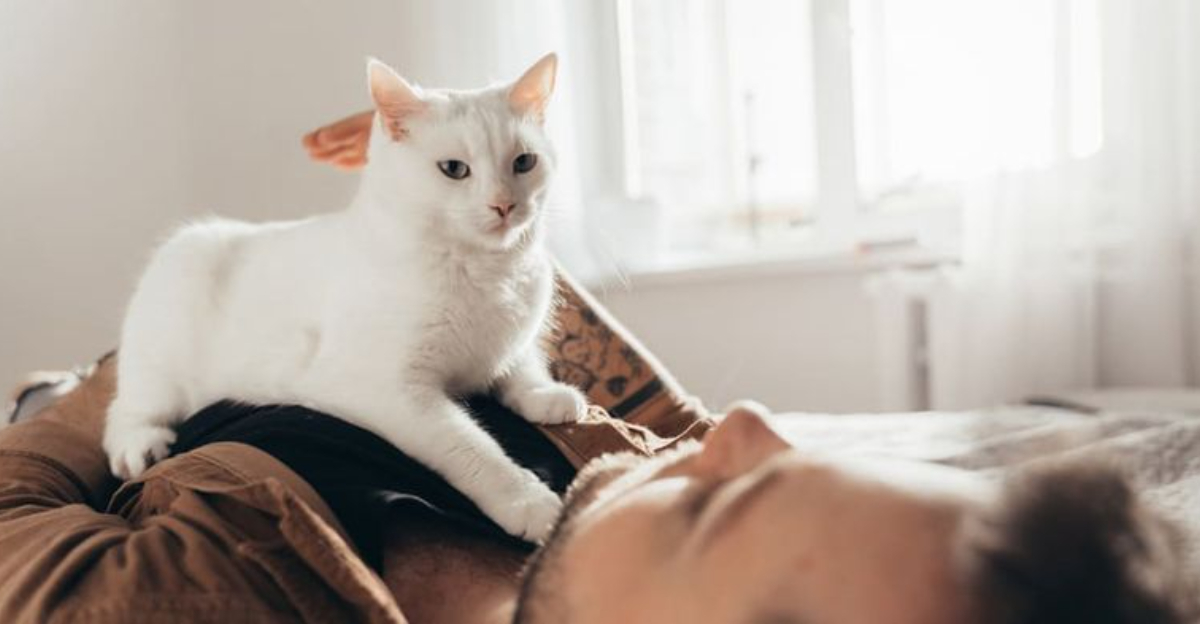
That rhythmic pushing of paws against soft surfaces – cat kneading is one of the most endearing feline behaviors around.
Scientists tell us cats knead because it’s an instinct from kittenhood when they stimulate milk flow while nursing.
But beyond the science, there’s something magical about watching our furry friends perform this gentle, focused ritual that makes cat lovers absolutely melt.
1. Paws Of Pure Trust
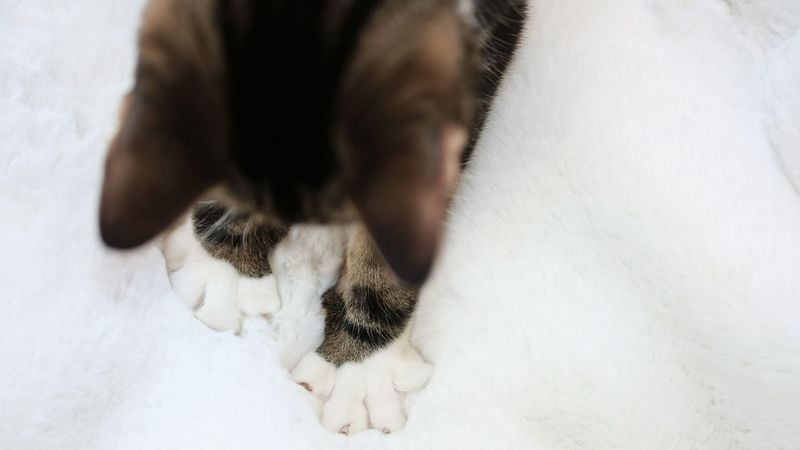
Nothing says “I feel safe with you” quite like a cat settling in for a serious kneading session on your lap. When your kitty chooses you as their biscuit-making surface, they’re showing incredible vulnerability.
This display of trust dates back to their earliest moments of life. By recreating this nursing behavior with you, they’re essentially saying you’re their safe place in the world.
Many cat owners consider this the ultimate compliment from a creature known for being selective with affection. Your cat literally feels secure enough to tap into their most primal comfort behavior while using you as their personal dough.
2. The Hypnotic Rhythm
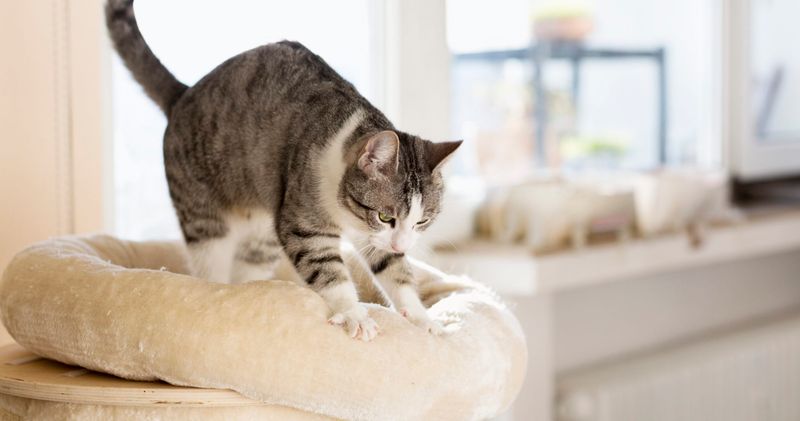
Ever find yourself mesmerized by the steady, methodical motion of your cat’s paws pressing in and out? The hypnotic quality of kneading has an almost meditative effect on many cat owners.
The predictable pattern creates a soothing visual that can actually lower your blood pressure and heart rate. Some people even report feeling their own stress melt away while watching their cat perform this repetitive motion.
Like a living stress ball, your kneading kitty provides a focal point that draws your attention away from daily worries. The rhythmic movement becomes a shared moment of zen between you and your furry friend.
3. Tiny Motor Running
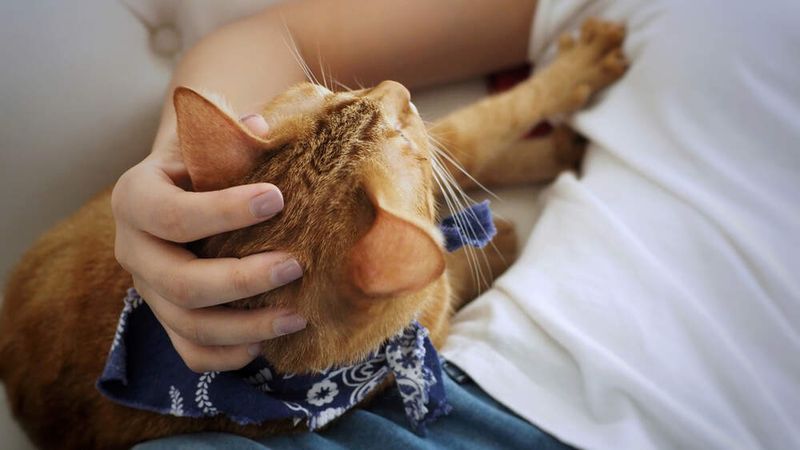
Kneading almost always comes with a soundtrack – that magical rumbling purr that vibrates through your cat’s entire body. This combination creates a multisensory experience that’s uniquely feline.
Research suggests that cat purrs occur at a frequency between 25 and 150 Hertz, which can actually promote healing and bone growth. When your cat kneads while purring against you, they’re essentially giving you a mini vibrational therapy session!
The dual sensation of gentle paw pressure plus soothing vibrations creates a bonding moment unlike any other pet experience. Many cat owners describe this purr-and-knead combo as nature’s perfect anxiety remedy.
4. Midnight Massage Masters
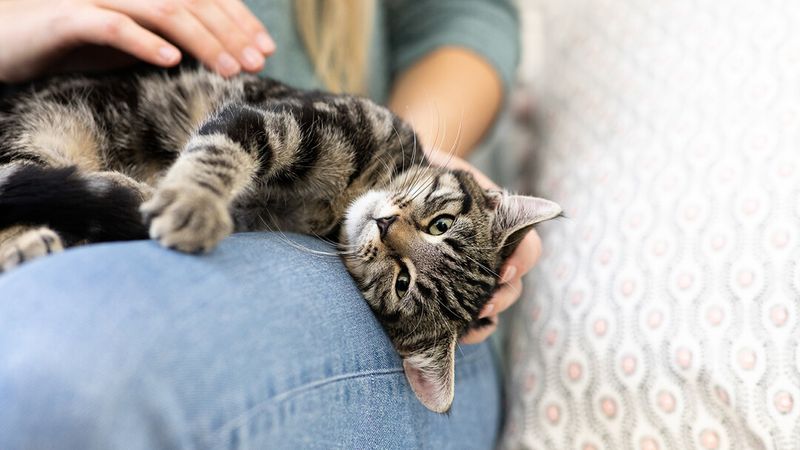
Sure, being woken at 3 AM by tiny needles on your stomach isn’t ideal, but many cat owners secretly enjoy these impromptu massage sessions. Those little paws can work out knots you didn’t even know you had!
Cat kneading actually stimulates blood flow in the area being touched. While their technique might lack finesse (and those claws definitely aren’t part of professional massage training), the pressure points they hit can provide genuine physical benefits.
Some cat owners report that regular kneading sessions on sore muscles or arthritic joints provide noticeable relief. Your cat’s instinctive behavior accidentally doubles as a therapeutic touch – making those midnight wake-ups almost worth it.
5. The Blissful Face
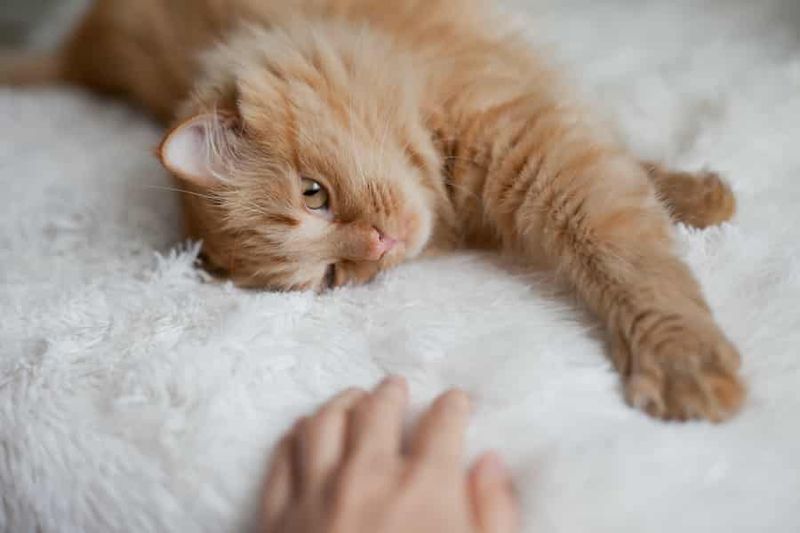
Have you noticed the expression of pure contentment on your cat’s face during a kneading session? Those half-closed eyes and slightly parted mouth reveal a state of absolute feline bliss that’s impossible not to love.
Cats often enter an almost trance-like state while kneading, completely absorbed in their rhythmic motion. Their expression reveals a rare glimpse into what perfect happiness looks like for these normally mysterious creatures.
Scientists believe this expression indicates the release of endorphins – the same feel-good chemicals humans experience during pleasurable activities. Watching your normally aloof kitty experience such obvious joy creates an emotional connection that strengthens your bond.
6. Tiny Baker Syndrome
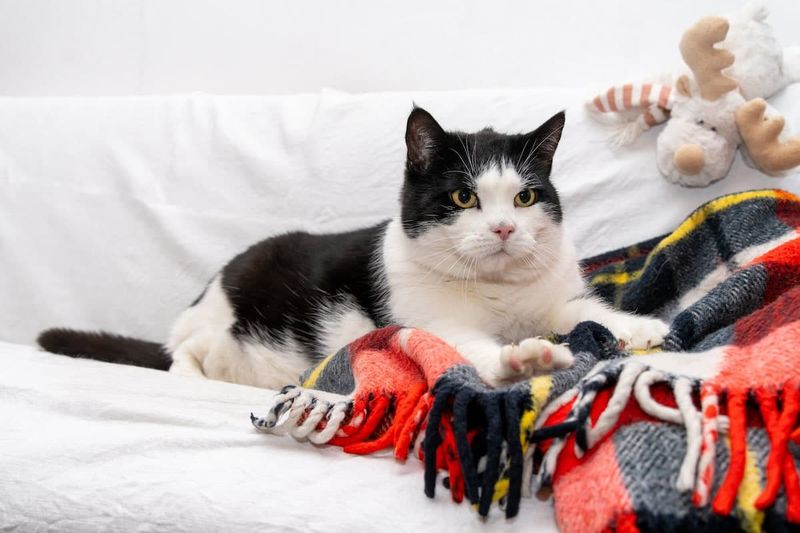
The internet didn’t invent “making biscuits” – cat lovers have been using this adorable terminology for generations! Something about those methodical paw movements perfectly mimics a baker kneading dough, and the comparison never gets old.
This shared language among cat owners has created countless memes, videos, and merchandise celebrating our feline bakers. The terms “making biscuits” or “kneady kitty” instantly connect cat lovers across cultures.
Many owners develop personalized narratives about their cat’s baking skills. “She’s making sourdough today” or “looks like we’re getting cinnamon rolls this morning” creates a playful world of imagination around this instinctive behavior that brings joy to everyday moments.
7. Fabric Fascination
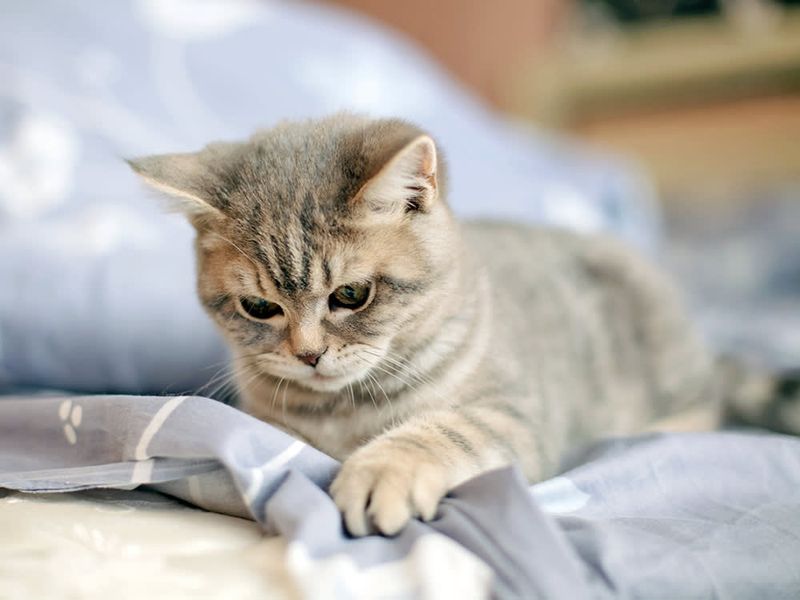
The hilarious selectiveness cats show about their kneading surfaces reveals their discerning nature. Your expensive wool sweater? Perfect kneading material. That old blanket you’ve had forever? Kneading paradise.
Cats typically prefer soft, plush materials that give slightly under pressure. This preference likely stems from the physical feedback they’d get from their mother’s belly during nursing. Watching a cat test various surfaces before settling on their preferred kneading spot shows their delightful pickiness.
Many cat owners report their pets have clear fabric preferences – fleece, sherpa, or even specific blankets that become designated kneading zones. This texture discrimination shows how refined their sensory experience truly is.
8. Drool Of Approval
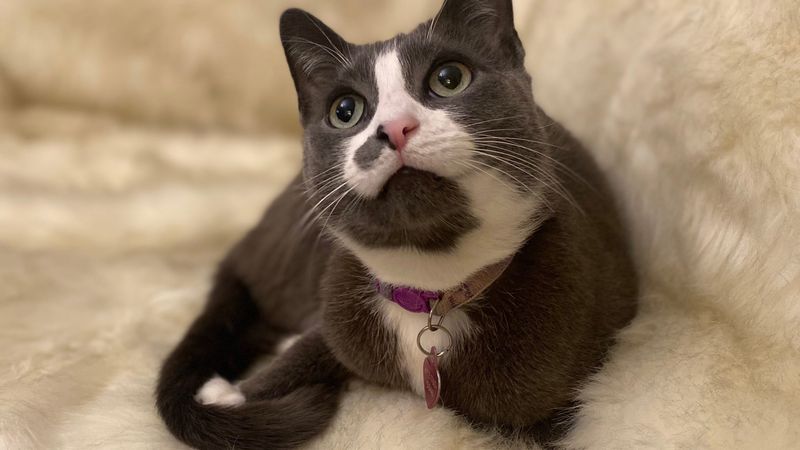
That little spot of drool that sometimes appears during an intense kneading session? While slightly gross, it’s actually a massive compliment! This involuntary response shows your cat has regressed to kitten-like contentment.
Drooling while kneading indicates your cat has entered such a deep state of relaxation that they’re tapping into their earliest nursing memories. Adult cats rarely drool except during these moments of complete security and happiness.
Cat behaviorists note this combination of kneading and drooling represents the ultimate trust signal. Your normally dignified feline has let all pretenses drop, returning to their most vulnerable kittenhood state – a rare privilege to witness in these typically composed creatures.
9. The Paw Stretching Bonus
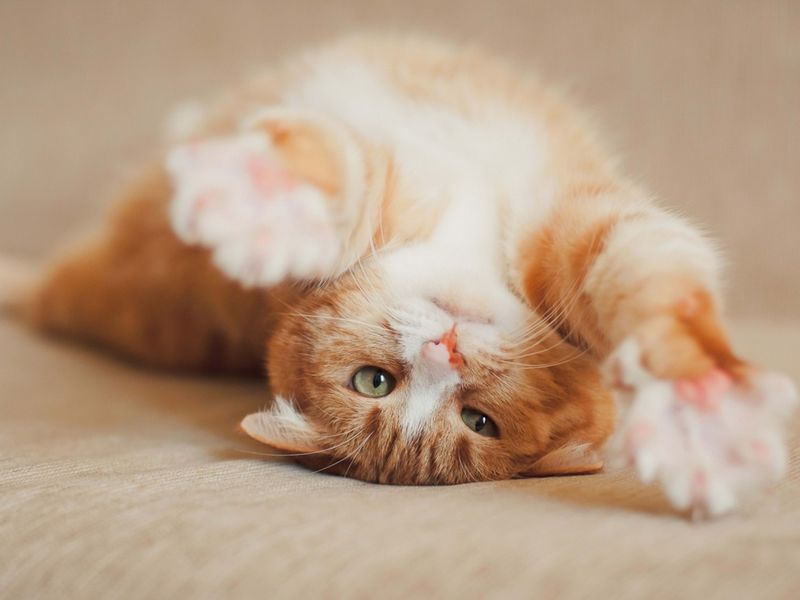
Those little pink (or black) toe beans on full display during kneading sessions are simply irresistible! The stretching that happens between presses gives us a perfect view of one of the cutest parts of cat anatomy.
Kneading provides cats with a natural way to stretch their paw muscles and extend their claws. This movement helps maintain flexibility in their feet and legs while also marking territory through the scent glands in their paws.
The exposed toe beans during this process create an almost overwhelming cuteness that many cat owners can’t resist photographing. There’s something about those little paw pads that triggers an intense nurturing response in humans – making kneading sessions doubly adorable.
10. Family Tradition
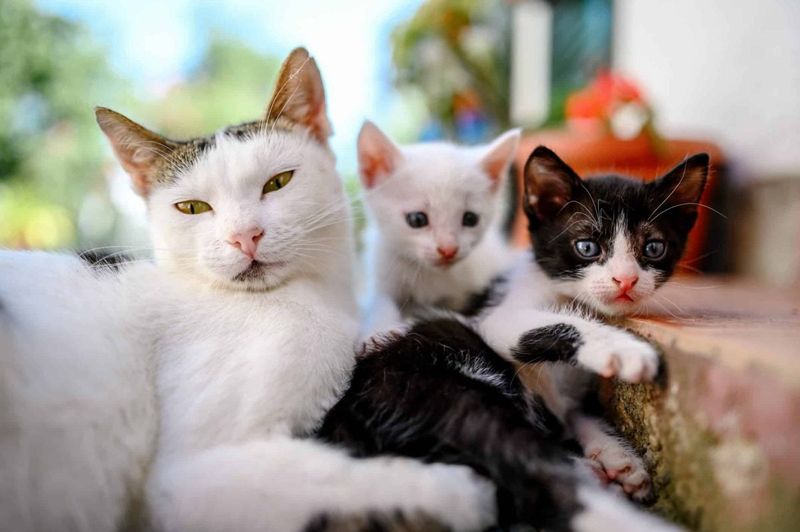
Multi-cat households often witness the adorable phenomenon of synchronized kneading. One cat starts making biscuits, and suddenly others join in – creating a kneading chain reaction that’s impossible not to smile at.
This mimicking behavior demonstrates the social learning that happens in feline groups. Young cats often learn kneading patterns by watching older cats, sometimes developing family-specific styles or preferences.
Some cat owners report distinctive kneading “signatures” among their pets – one might be a rapid-fire kneader while another performs slow, deliberate presses. These unique kneading personalities become part of each cat’s identity within the family, creating endearing distinctions that owners come to cherish.
11. Emotional Healing Powers
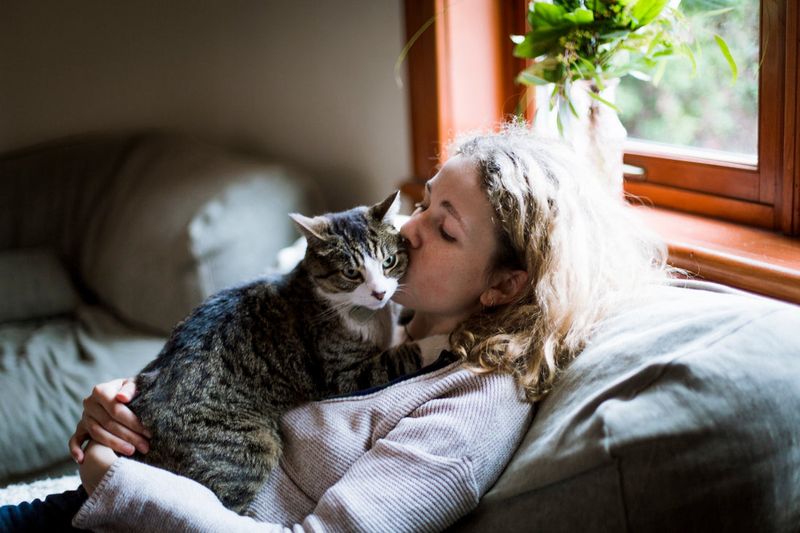
On your worst days, a cat choosing your lap for their kneading ritual can feel like emotional first aid. There’s something incredibly comforting about being selected as their safe space when you’re feeling vulnerable yourself.
Many cat owners report their pets seem to intuitively know when they’re sad or stressed, offering kneading sessions at exactly the right moments. The weight of a cat on your chest or lap combined with their rhythmic paw movements creates a grounding sensation that can interrupt anxiety spirals.
Research supports this therapeutic effect – interacting with pets lowers cortisol levels and increases oxytocin production. Your kneading cat might be providing more than comfort – they’re literally changing your brain chemistry for the better.


